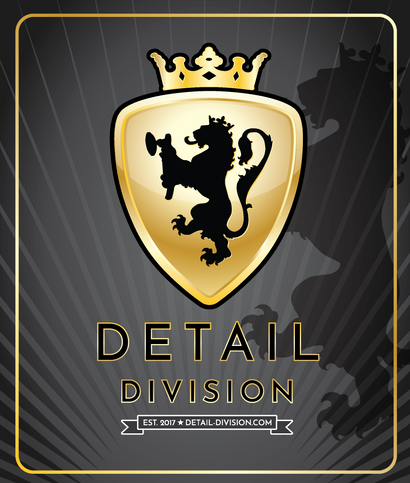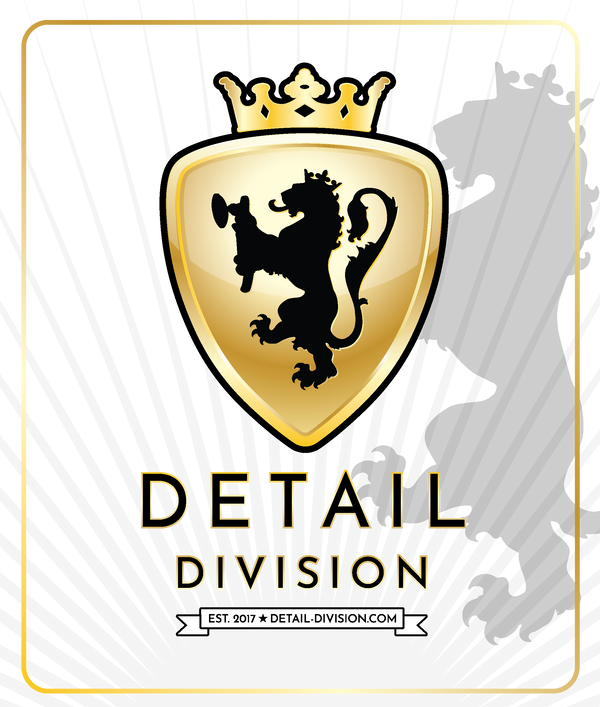Krānzle
The setup and use of your Krānzle machine will typically not be in factory form if you are using it for detailing. It is important to keep your factory 1/4" hose as well as the factory gun to establish a baseline when ensuring the machine works. This is piece of mind when establishing that the machine is functioning properly, and that any troubles are being created external from the machine in your system.
Initial
The very basics in the function of your machine is feeding it properly with the two largest factors; power and water flow.
Power should be coming from a clean source, namely a circuit that is dedicated or does not have other draws in use at the same time. 15A will work, 20A is preferred and your use is the only true determining factor in this. Each customer will have different results based on a number of factors.
Should electricity be arriving from a generator, there are significant demands from the machine. Krānzle advises at minimum 4500w to cope with machine demands on startup and while foaming. The manipulation of the demand can be fine tuned with the appropriate or larger orifice sizing in your spray tips and internally in your foam cannon. This information is made easy to determine on the site HERE, and can also be calculated HERE.
Setup
Again, many users will be operating this machine with ancillary parts which do not come factory. Most are custom tailored based on the situation of the area the machine is being installed into. The guidelines here are suggestions that should be followed. Many install pictures on the internet depict an intricate weave of parts, fittings, shut off valves and filtration systems. While the aesthetic of the install is a huge factor, there are certain ideals to keep at the forefront of your install... K.I.S.S. or 'Keep It Simple Stupid'
Your machine is designed to flow between 1.6-2.0 GPM or higher depending on the specific model. ANY system specific to your needs has to EXCEED the demand of the machine. This is not a negotiation, and insufficient flow can have serious and negative effects on your machine, and truly lead to the failure of the unit. The 3/4" GHT inlet should have a 3/4" line OR GREATER supplying the machine to eliminate the chances of cavitation (or running the machine dry due to the creation of air bubbles based on a lack of flow).
The extra parts sold on this website come pre-built, made flow-directional, and done this way on purpose. I am willing to help with design if extra help is needed based on your situation, but the customer should be doing their due diligence and be familiar with the basics. I am not charging for my time, and with respect to my other customers, this page was created to give the overview necessary to give you the confidence to achieve a true DIY build.
That said, info@detail-division.com for further assistance.
Troubleshooting
| Low Pressure | Worn nozzle | Replace nozzle |
|---|---|---|
| Air leak in inlet plumbing | Disassemble, reseal and reassemble | |
| Inlet suction strainer clogged | Clean and check frequently | |
| Worn packing | Check and replace packing | |
| Inadequate water supply | Check water supply for sufficient flow and obstructions in inlet filter | |
| Fouled or dirty inlet discharge valves | Check and replace valves | |
| Leaky discharge hose | Check and replace hose | |
| Pump Runs Rough | Restricted inlet | Check for proper size inlet plumbing |
| Air leaks: air in plumbing | Tighten plumbing; fix leaks; insure an air tight seal | |
| Make sure high pressure soap valve is closed | ||
| Pump Pulsates | Stuck inlet or discharge valve | Clean out foreign material |
| Replace worn valves | ||
| Inadequate water supply | Check water supply for sufficient flow and obstructions in inlet filter | |
| Slight Water Leakage From Underneath Pump | Worn packings | Install new packings |
| Packing Failure | Scored, damaged or worn plunger | Replace plungers |
| Overpressure to inlet manifold | Reduce inlet pressure | |
| Abrasive material in inlet water | Install proper filtration | |
| Excessive minerals in water | Soften inlet water | |
| Excessive temperature. or pressure of inlet water | Reduce inlet water temperature and/or pressure | |
| No Water Comes Out | Nozzle plugged / clogged | Clean or replace nozzle |
| Water hose kinked | Un-kink hose | |
| Oil Leak Between Pump Head and Pump Transmission | Oil seal leaking | Replace oil seal |
| Chipped plunger | Replace plunger | |
| Oil Leak From Bottom Or Back of Motor | Shaft seal worn | Replace shaft seal |
| Water in Oil (Milky Color) | Worn packing | Change packings |
| Water condensation in transmission housing | Change oil | |
| Chipped plunger | Replace plunger and packings | |
| Motor is Hot | Using extension cord that is too thin or long | Get larger gauge extension cord; get a shorter extension cord, or stop using extension cord |
| Unloader sticking | Clean or replace unloader | |
| Too small nozzle orifice size | Install proper nozzle | |
| Oil Leak From Transmission Housing | Drain plug o-ring leaks | Replace o-ring or tighten drain plug |
| Oil sight glass leaks | Replace oil sight glass |
It is the total responsibility of the end user to care for and maintain their machine. Oil changes must occur at minimum once per year regardless of the number of hours the machine has been used in that timeframe, and regular upkeep is necessary to keep your machine in top functioning condition.
A neglected machine does not constitute a basis for warranty claim in any manner. If for any reason your machine is not functioning properly, turn the unit off and unplug from power source as well as water source. From that point forward, the machine should only be turned on for diagnostic purposes under the direct advisement of a qualified and authorized Krānzle representative.
Any and ALL warranty issues regarding any Krānzle Pressure Washer is handled via Krānzle USA
***Krānzle Pressure Washers come with a limited 1-year warranty from the manufacturer




